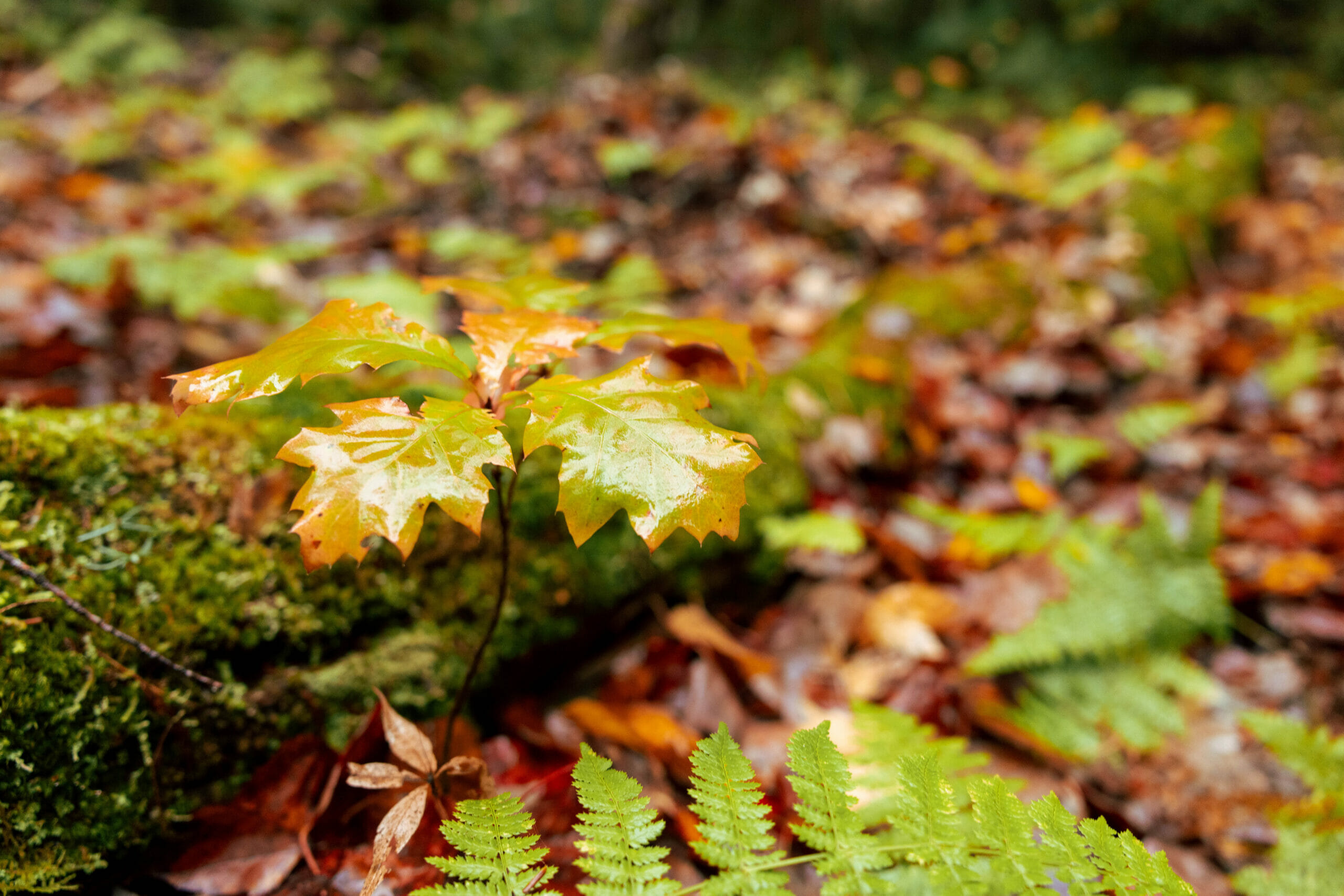Why forest complexity matters for biodiversity and resilience
By Megan de Graaf, Forest Ecologist, Posted on December 15, 2022
Forests are rich in biodiversity. They are home to an incredible variety of plants, animals, and microorganisms. According to this analysis by the International Union for Conservation of Nature and Natural Resources, forests contain approximately 80% of the world’s amphibian species, 75% of bird species, and 68% of mammal species. Protecting forests is critical for the world’s biodiversity.
A significant driver of biodiversity in forest ecosystems is complexity, which refers to the quantity and quality of biodiversity habitats. A forest is highly complex if it has a variety of plant plants, fungi, insects and other species; a range of species ages; and many layers of vegetation, both living and dead. Topographical features like ravines, pits and mounds, and wetland features can also indicate complexity.

Forest complexity refers to the quantity and quality of biodiversity habitats in a forest stand or ecosystem. Pictured here: a young oak seedling growing in the Robinson Conservation Forest, New Brunswick. Photo by Nate Gaffney.
In addition to its influence on biodiversity, complexity is an important indicator of a forest’s overall resilience. The greater the complexity of a forest stand, the more resilient it is to threats like pests or windstorms. Reports from Nova Scotia and Prince Edward Island suggest that this is exactly what happened during Hurricane Fiona: more complex forest stands tended to fare better than those that have been simplified. These kinds of threats are likely to be more common in our changing climate, complexity is an increasingly critical ingredient for forest resilience.
Here in the Maritimes, decades of intensive management for timber have created a predominantly degraded forest landscape. Repeated interventions and follow-up treatments—such as herbicide spraying, planting, and pre-commercial thinning—have facilitated the regeneration of certain softwood species that the forestry industry values for wood at the expense of longer-lived, shade-tolerant species. These changes have impacted the quality of biodiversity habitats. For example, recent research in the Wabanaki forest shows that forest degradation from 1985-2020 is responsible for breeding habitat loss for 34 of the most common bird species, resulting in a loss of as many as 104 million birds over that period.
Forests will adapt to change naturally over time, but we can use silviculture to promote forest complexity, and therefore resilience, more quickly. Simplified or otherwise degraded forest stands offer us a variety of opportunities to intervene and to increase that complexity; for example, silviculture interventions that promote resilience, carbon storage, and biodiversity inherently increase stand complexity. Stands that are already highly complex—like older mixed-wood stands, forested wetlands, or old growth—should be protected from degradation and managed only very carefully to protect that complexity.
Forests are our most important ally in the climate crisis, but they can only protect us if we protect them first. Conserving and supporting complexity in forests is vital to increase their long-term resilience and meet our biodiversity targets.
If you liked this blog post, you might enjoy our interview with Dr. Matthew Betts, Professor of Forest Biodiversity at Oregon State University, on Below the Canopy.
